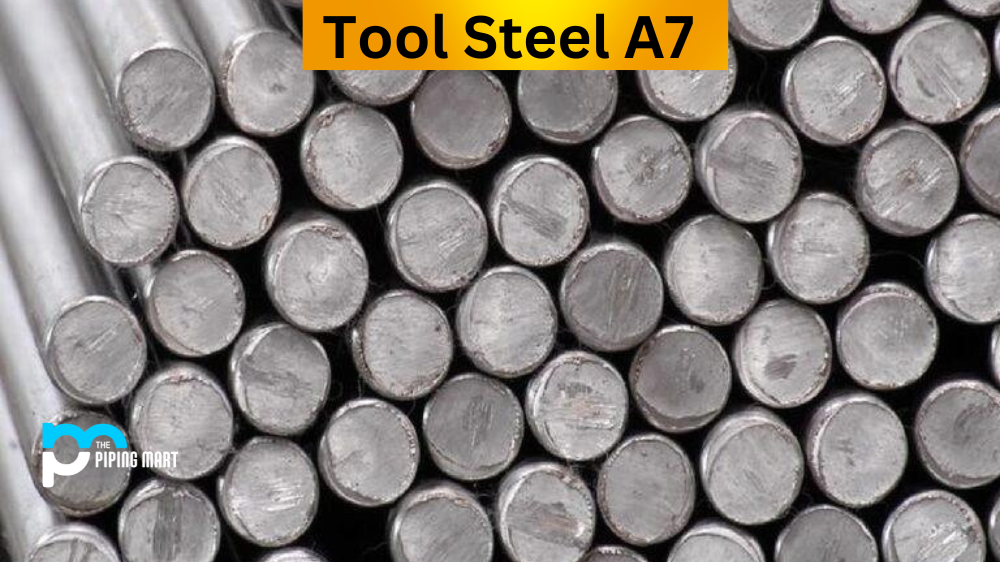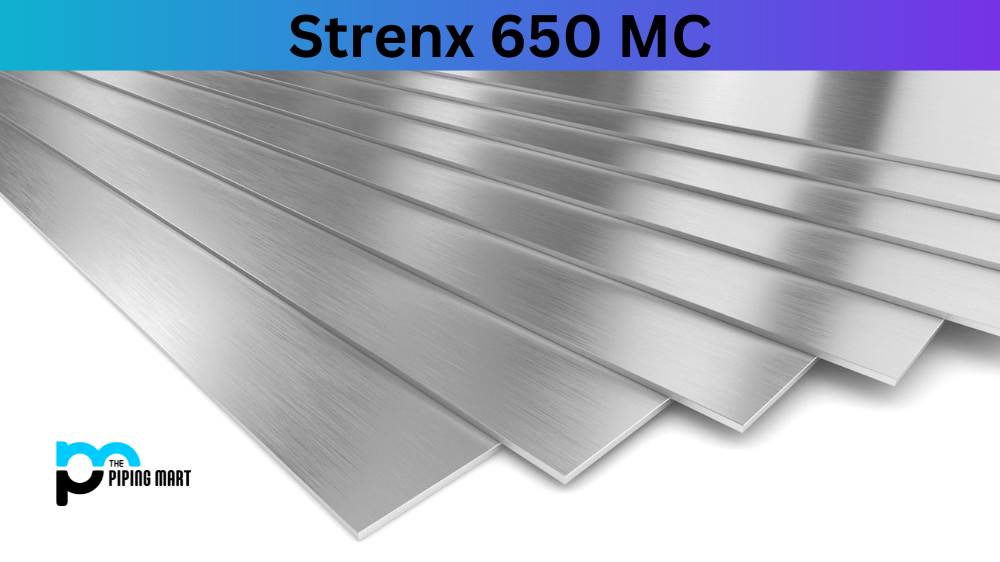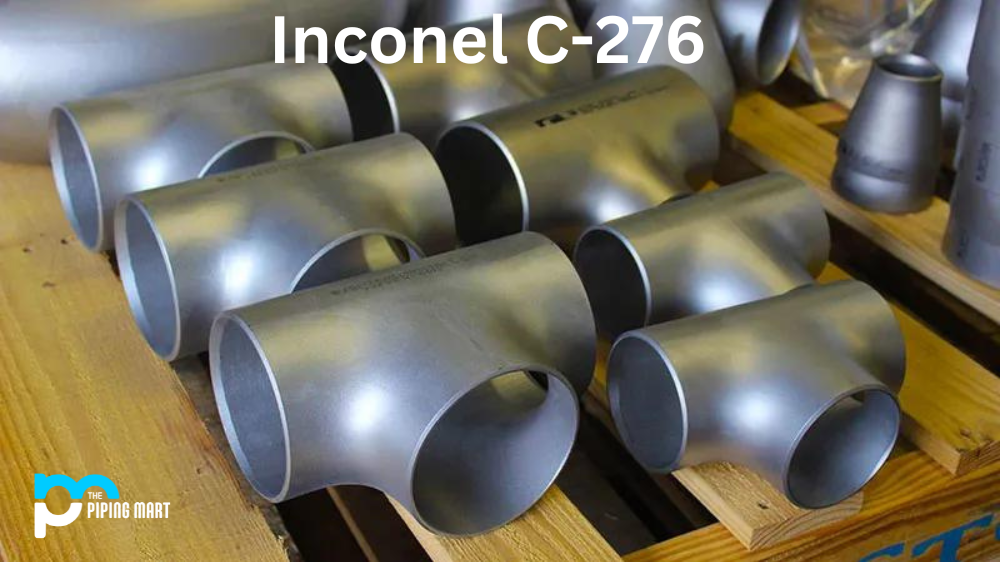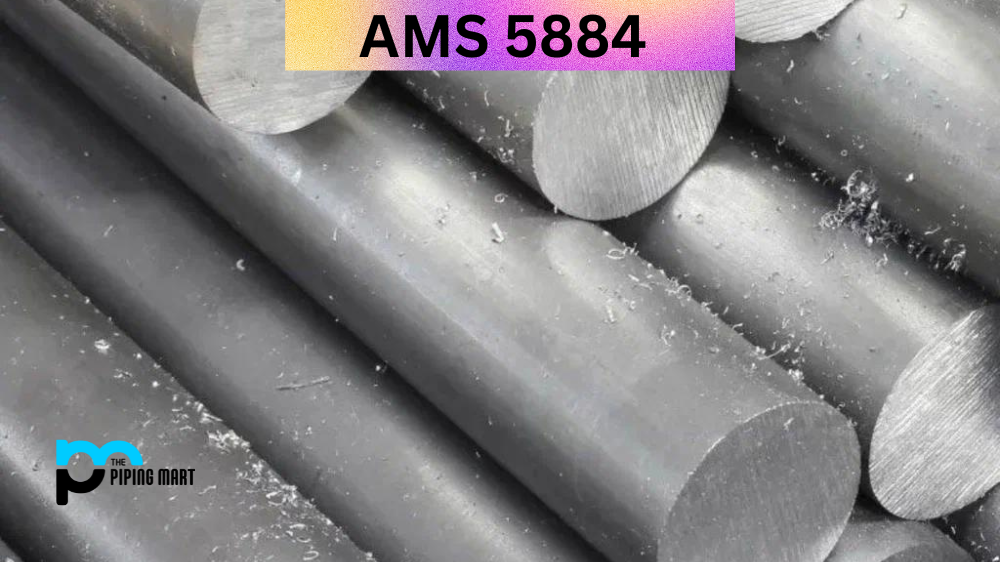Tool steel A7 is a type of tool steel that is often used for its excellent shock-resistance and wear-resistance properties. It is also known for its corrosion resistance and heat resistance, making it one of the most versatile tool steels available. A7 tool steel, also known as UNS T30107, is a versatile and durable material that is commonly used in the manufacturing of cutting tools, forging dies, and plastic mold tools. Known for its exceptional toughness, hardness, and wear resistance, A7 steel is a popular choice for high-impact applications. The composition of A7 steel includes a high concentration of carbon, which gives the material its hardness and strength, as well as alloying elements such as chromium, vanadium, and molybdenum that enhance its performance properties. Whether you are working on a project that requires precise cuts or requires a material that can withstand heavy-duty operations, A7 tool steel is an excellent choice that is sure to deliver exceptional performance and reliability. In this blog post, we’ll explore the uses, corrosion resistance, and heat treatment of Tool Steel A7.
What Forms of A7 Tool Steel is Available at Piping Mart?
- Nut
- Bar
- Bolt
- Pipe
- Screw
- Tubing
- Valves
- Washers
- Flanges
- Fasteners
- Electrodes
- Stud Bolts
- Sheet Plates
- Pipe Fittings
- Forged Fitting
- Instrumentation Fittings
A7 Steel Composition
| Element | Content (%) |
|---|---|
| C | 2.00-2.85 |
| Mn | 0.8 |
| Si | 0.5 |
| Cr | 5.00-5.75 |
| Ni | 0.3 |
| Mo | 0.90-1.40 |
| W | 0.50-1.50 |
| V | 3.90-5.15 |
| Cu | 0.25 |
| P | 0.03 |
| S | 0.03 |
A7 Steel Physical Properties
| Properties | Metric | Imperial |
|---|---|---|
| Density | 8.03 g/cm3 | 0.290 lb/in3 |
| Melting point | 1427°C | 2600°F |
A7 Steel Mechanical Properties
| Properties | Metric | Imperial |
|---|---|---|
| Hardness, Rockwell C | 58.0-66.0 | 58.0-66.0 |
| Hardness, Rockwell C (as air quenched from 955°C, tempered for 3 hours. 64-65 HRC at 150°C temper, 62-64 HRC at 260°C temper, 61-63 HRC at 315°C temper, 59-61 HRC at 425°C temper, 56-58 HRC at 540°C temper, 53-55 HRC at 595°C temper, 44-46 HRC at 650°C temper) | 65.0-66.5 | 65.0-66.5 |
| Bulk modulus (typical for steels) | 140 GPa | 20300 ksi |
| Shear modulus (typical for steels) | 80.0 GPa | 11600 ksi |
| Machinability (based on carbon tool steel) | 65% | 65% |
| Poisson’s ratio | 0.27-0.30 | 0.27-0.30 |
| Elastic modulus | 190-210 GPa | 27557-30457 ksi |
A7 Steel Thermal Properties
| Properties | Conditions | ||
|---|---|---|---|
| T (°C) | Treatment | ||
| Thermal expansion | 12.4 x 10-6/ºC | 20-425 more | – |
A7 Steel Equivalent
- ASTM A68i
- FED QQ-T-570
- UNS T30107
- ASTM A681 (A-7)
- UNS T30107
A7 Steel Uses
Tool steel A7 is primarily used in applications requiring superior shock-resistance and wear resistance, such as cutting tools, drill bits, punches and dies. It can also be used in applications requiring maximum strength, such as die-casting dies or moulds for plastics injection moulding. Tool Steel A7 can also be machined to create complex parts with high accuracy.
A7 Steel Uses in Industries
- Automotive Industry
- Aerospace Industry
- Oil and Gas Industry
- Construction Industry
- Manufacturing Industry
A7 Steel Corrosion Resistance
Tool steel A7 has excellent corrosion resistance when exposed to water or moisture due to its low carbon content. This type of steel is also highly resistant to acids and alkalis, making it ideal for use in environments where exposure to these elements may occur. Additionally, the chromium content in this steel helps to provide additional protection against rust and other forms of corrosion.
A7 Steel Heat Treatment
Tool Steel A7 can be heat treated using a variety of techniques depending on the desired result. Annealing processes are often used to reduce hardness, while hardening processes are used to increase hardness. Quenching processes can also be utilized depending on the application requirements. For example, quenching with oil or water can help improve the wear-resistance properties of this tool steel, while tempering processes can reduce brittleness after hardening processes have been completed.
A7 Steel Machining
Due to its high hardness level (up to 55 HRC), machining Tool Steel A7 requires special care during the process in order to prevent breakage or deformation of the material. Carbide-tipped tools should be used instead of standard HSS tools when working with this material, as they provide better cutting performance at higher speeds without causing any damage to the workpiece surface finish or dimensional accuracy. High-speed machining (HSM) should also be employed whenever possible, as it will significantly reduce machining time without compromising quality standards or end-product performance requirements.
Conclusion:
All in all, Tool Steel A7 offers a great combination of strength, shock-resistance and wear-resistance that makes it suitable for a wide range of applications, including cutting tools, drill bits’ punches & dies, as well as die casting dies & moulds for plastics injection moulding. Its corrosion resistance & heat resistance makes it even more attractive, while its ability to be machined into complex parts with high precision means that users don’t have to compromise on quality when manufacturing parts from this versatile tool steel type. With so many benefits packed into one product, it’s no wonder why so many engineers & manufacturers opt for Tool Steel A7 when creating their products!
Meet Heer, a dynamic and driven writer learning tricks of her trade in the metal industry. With a background in Digital Marketing, Heer brings a unique perspective to her writing, sharing valuable insights. Apart from blogging she like reading and hiking.




